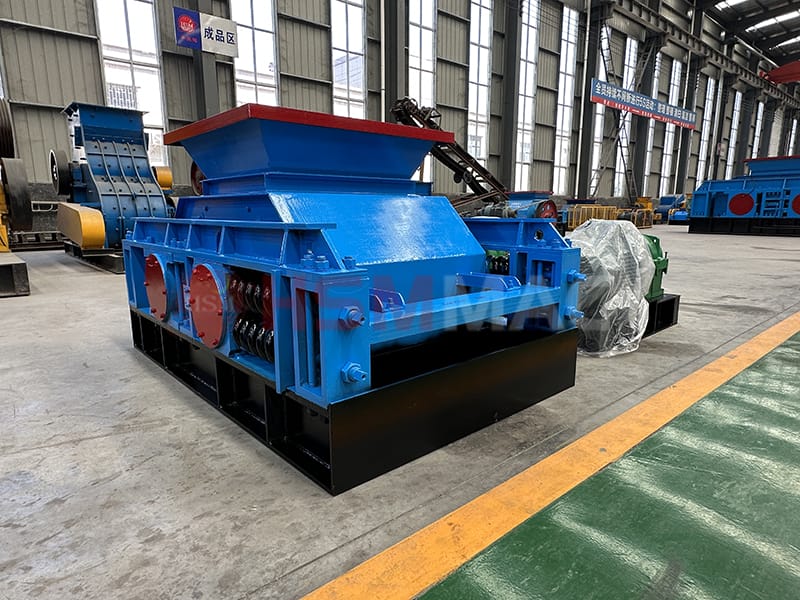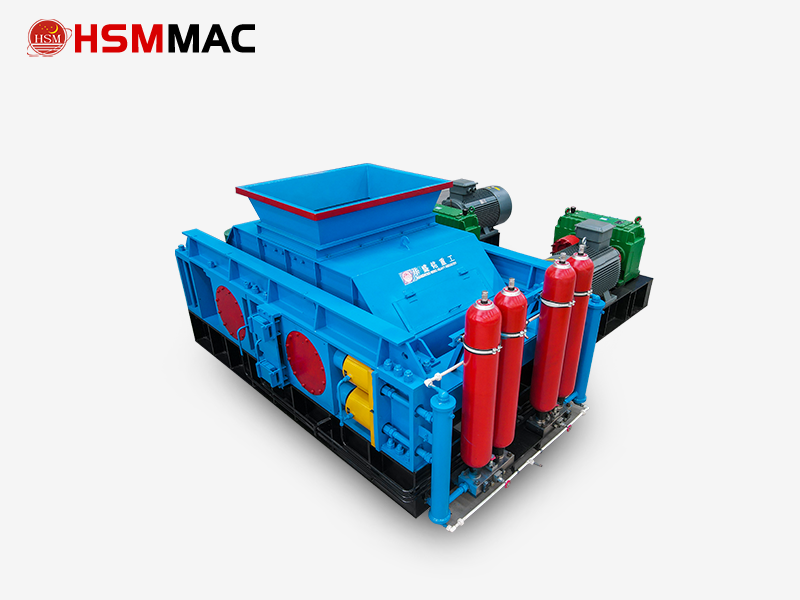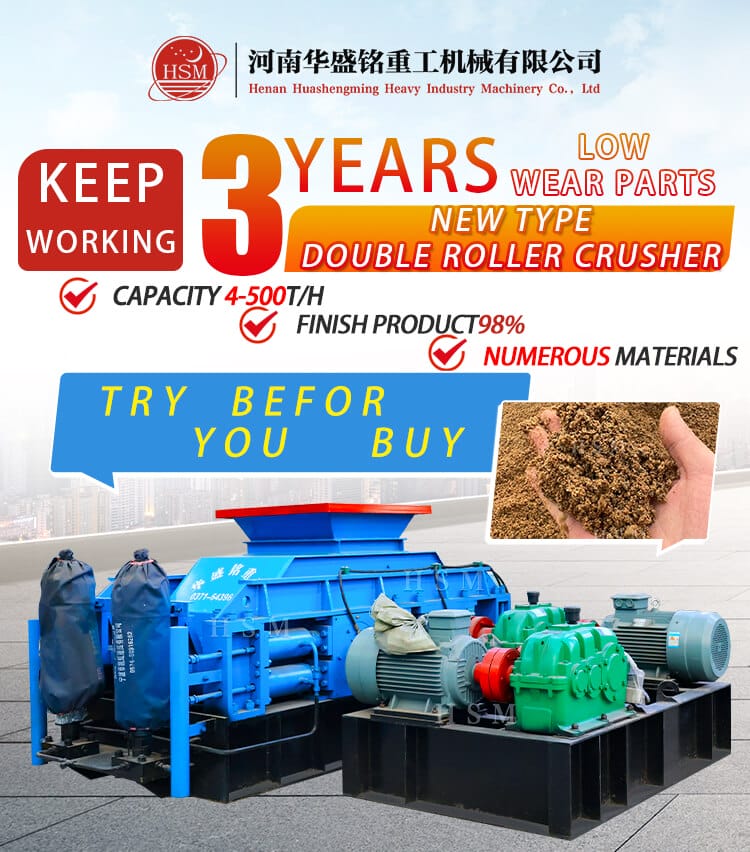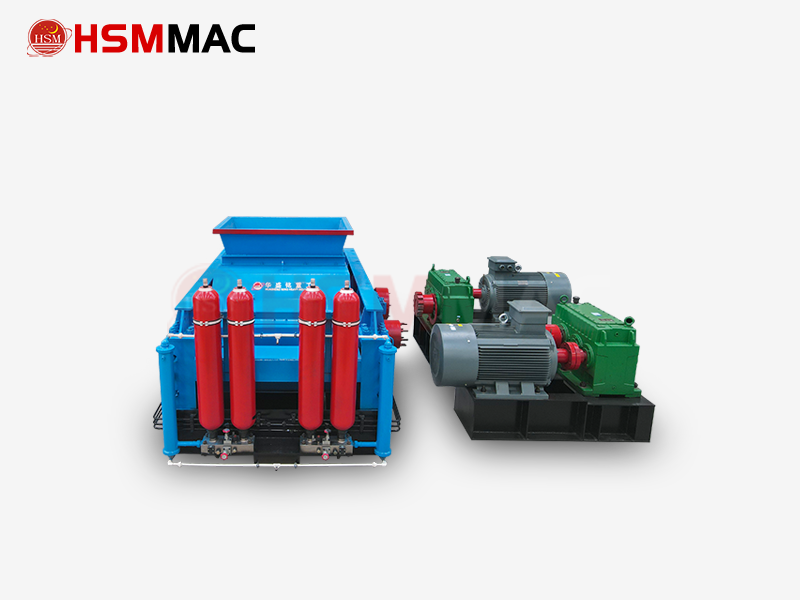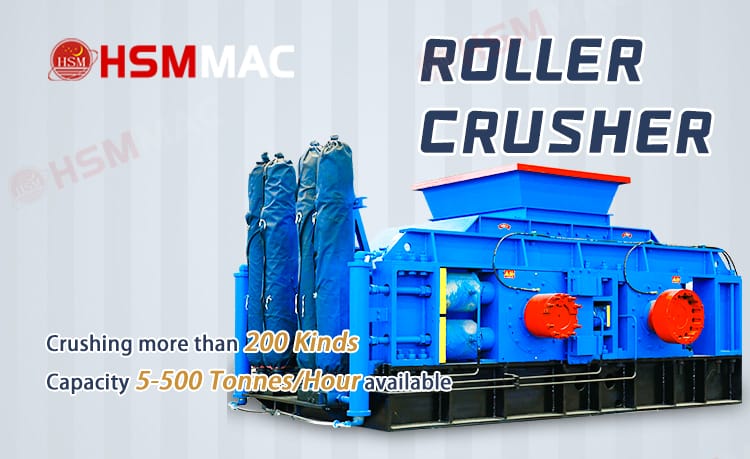In the field of mineral processing, double roll crushers have become the core equipment in the medium and fine crushing stages due to their precise particle size control, low energy consumption, and high wear resistance. In the crushing process of mineral processing plants, double roll crushers have become an important choice in the medium and fine crushing stages due to their unique squeeze crushing principle and particle size control capabilities. The following is a comprehensive analysis from the perspectives of applicable scenarios, technical advantages, selection criteria, and industry applications:
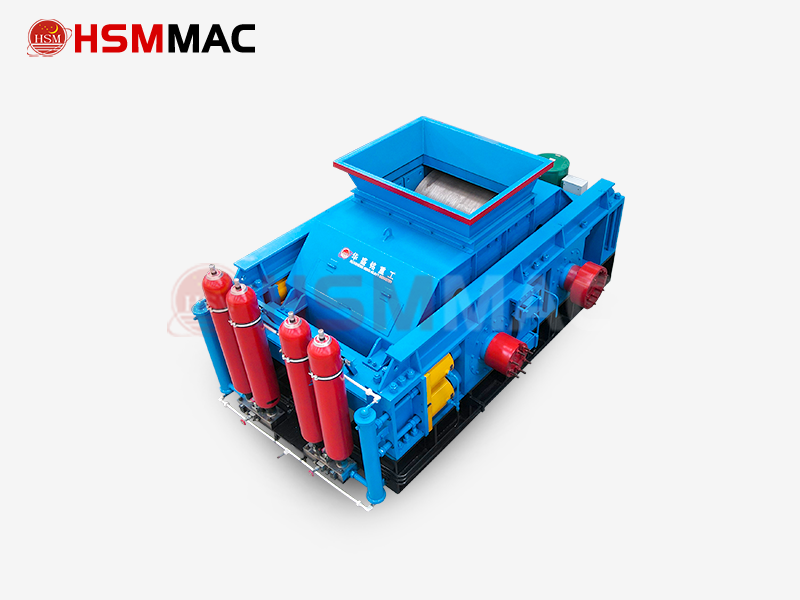
double-roll crusher
1. Double roller crusher Core Advantages and Application Scenarios of Double Roll Crushers
Precise Particle Size Control
1. By adjusting the gap between the two rolls (0.5-50 mm), the discharge particle size can be precisely controlled, resulting in good product uniformity and low over-crushing rates. This makes it particularly suitable for mineral processing flows with strict particle size requirements (such as pre-treatment before flotation or magnetic separation).
2. Case Study: In iron ore fine crushing, the high-pressure roller mill can crush ore to 3–15 mm, with the resulting micro-cracks improving subsequent magnetic separation recovery rates by 2–4 percentage points.
Energy Efficiency and Environmental Benefits
1. The compression crushing method consumes 20–30% less energy than impact-type equipment and reduces dust generation by over 30%, aligning with green mineral processing requirements.
2. Noise levels are below 80 decibels (traditional crushers often exceed 100 decibels), improving the working environment.
Material Adaptability
1. Applicable ores: Medium-hard and softer materials (Mohs hardness ≤6), such as coal, limestone, quartz, feldspar, and other brittle ores; the high-pressure roller mill can be extended to handle ores with Mohs hardness up to 7 (e.g., iron ore).
2. Restricted applications: Sticky materials may adhere to the rollers, and ultra-hard ores (e.g., diamond-containing ores) require the use of a cone crusher.
2. Double roller crusher Applicable materials and key restrictions
| Category | Examples of applicable materials | Restrictions and countermeasures |
| Ideal material | Coal, limestone, quartz, fluorite (Mohs hardness ≤ 6) | Sticky materials need to be pre-dried or cleaned with a scraper device. |
| High-pressure roller mill extension | Iron ore, copper ore (Mohs hardness ≤ 7) | Super-hard minerals (such as granite) need to be crushed with a cone crusher. |
| Prohibited scenarios | Viscous mineral mud, diamond-bearing ore | A pre-iron remover + hydraulic overload protection is required. |
Note: Zirconia roller crushers are particularly suitable for crushing high-purity minerals such as lithium ore and ceramic raw materials, preventing metal impurities from mixing in.
3.Double roller crusher Key parameters for model selection and configuration
Model and production capacity matching
| Model | Feed particle size (mm) | Discharge particle size (mm) | Processing capacity (t/h) | Application scenarios |
| 2PG400×250 | ≤25 | 2-10 | 5-10 | Small-scale mineral processing plants, laboratories |
| 2PG610×400 | ≤85 | 5-30 | 13-40 | Medium-scale mineral processing lines |
| 2PG900×900 | ≤100 | 5-40 | 150-200 | Large-scale iron ore processing plants |
| High-pressure roller mill | ≤120 | 1-10 | 200-300 | Fine crushing of hard ore (such as magnetite) |
Technical Configuration Highlights
Roll Surface Material:
1. Medium-hard ore: High-chromium alloy roll (service life of 1–2 years);
2. Highly corrosive ore (such as rare earth): Zirconia roll (service life increased by 3–5 times, preventing metal contamination).
Protection System:
Hydraulic overload protection + iron removal device to prevent damage to the roller surface from hard objects.
Drive Design:
Dual motor belt drive ensures synchronized rotation of the rollers.
4. Double roller crusher Model selection parameters and configuration recommendations
Model and production capacity matching (mainstream models for mineral processing)
| Model | Feed particle size (mm) | Discharge particle size (mm) | Processing capacity (t/h) | Motor power (kW) | Application scenarios |
| 2PG610×400 | ≤85 | 5-30 | 13-40 | 15×2 | Small and medium-sized mineral processing lines |
| 2PG900×900 | ≤100 | 5-40 | 150-200 | 75×2 | Large iron ore processing plants |
| High-pressure roller mill | ≤120 | 1-10 | 200-300 | 110×2 | Fine crushing of hard ore (such as magnetite) |
| 2PG1500×1000 | ≤100 | 0-10 | 50-140 | 45×2 | High uniformity fine crushing requirements |
5.Double roller crusher Usage Restrictions and Countermeasures
Processing Capacity Restrictions
The single-unit processing capacity of a double-roll crusher is typically ≤300 t/h. Large-scale mineral processing plants require multiple units in parallel or in combination with cone crushers.
Alternative Solution: When production capacity exceeds 500 t/h, cone crushers can be selected for medium crushing, while double-roll crushers are retained for fine crushing to ensure particle size.
Wear Maintenance
The roll surfaces should be inspected for wear every 500 hours, with regular repairs or replacements (costing approximately 15%-20% of the equipment investment).
Sticky materials require pre-drying or the addition of scraper cleaning devices.
6.Double roller crusher Comparison with other crushing equipment
| Equipment Type | Applicable scenarios | Crushing ratio | Product particle size | Maintenance costs |
| Jaw Crusher | Coarse crushing (large ore blocks) | 4-8 | Uneven | Low (simple structure) |
| Cone Crusher | Medium and fine crushing (hard ore) | 3-10 | Fairly uniform | High (precision parts) |
| Double Roll Crusher | Medium and fine crushing (brittle ore) | 2-6 | Uniform | Medium (roller surface replacement) |
Mining plant configuration recommendations: Use a jaw crusher for coarse crushing, a double-roll crusher for medium and fine crushing of brittle ores, and a cone crusher + double-roll fine crusher for medium crushing of hard ores.
7.Double roller crusher Summary
The value of double-roll crushers in mineral processing plants is concentrated in three core advantages: precise particle size control, low energy consumption, and low dust generation. They are particularly suitable for the medium and fine crushing stages of brittle ores. When selecting a model, the following factors
should be given priority:
1. Ore hardness (Mohs hardness ≤7) and粘性;
2. Production capacity requirements (single unit ≤300 t/h);
3. Roller surface material and protection system configuration.
For large-scale projects, it is recommended to prioritize high-pressure roller mills (e.g., for iron ore processing). For medium and small-scale plants, standard double-roll crushers (e.g., the 2PG series) can be selected to reduce costs.











